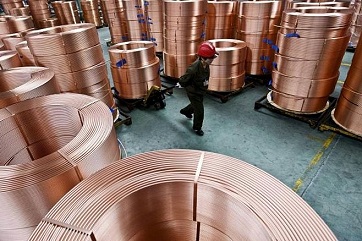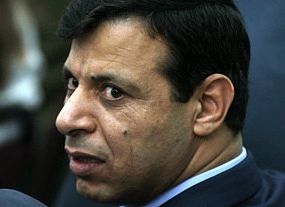China Going Forward?
Yu Yongding
Project Syndicate
China’s per capita income, at $3,800, has now surpassed the threshold for a middle-income country.
But, even as economists and strategists busily extrapolate China’s future growth path to predict when it will catch up to the United States, the mood inside China became somber and subdued in 2010. Indeed, Premier Wen Jiabao sees China’s growth as “unstable, unbalanced, uncoordinated, and ultimately unsustainable.”
Economic growth, of course, has never been linear in any country. Throughout history, there are countless examples of middle-income countries becoming stuck in that category for decades and/or eventually falling back to low-income status. The Nobel laureate economist Michael Spence has pointed out that after WWII, only a handful of countries were able to grow to a fully-industrialized level of development.
China’s progress over the past three decades is a successful variation on the East Asian growth model that stems from the initial conditions bequeathed by a planned socialist economy. That growth model has now almost exhausted its potential. So China has reached a crucial juncture: without painful structural adjustment, its economic-growth momentum can suddenly be lost.
China’s rapid growth has been achieved at extremely high cost. Only future generations will know the true price. The country’s investment rate now stands at more than 50% – a clear reflection of China’s low capital efficiency. There are two worrying aspects of this high rate. First, local governments influence a large proportion of investment decisions. Second, investment in real-estate development accounts for nearly one-quarter of the total.




























